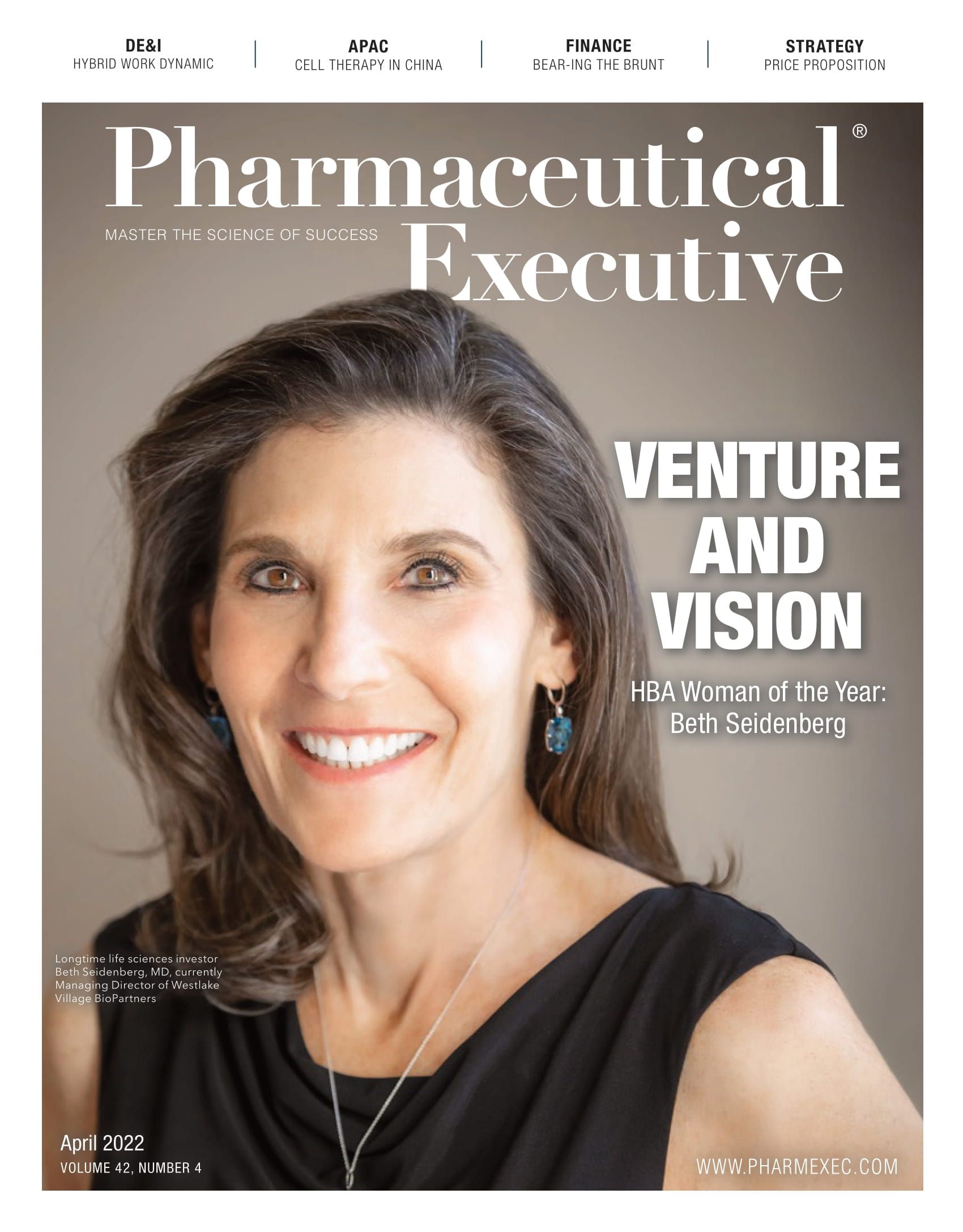Europe’s New HTA System Spurs More Debate, Concern
Fresh round of discussions around health technology assessment.
Disappointment awaits anyone hoping they could have a break from discussions of health technology assessment (HTA) now that the EU has finally agreed on its new legislation. You’re out of luck. The adoption of the HTA regulation at the end of 2021 is proving to be no more than the start of another extensive round of pilot projects, position-taking, and politics.
France, the country holding the rotating presidency of the EU health council since the beginning of this year, hasn’t wasted any time in opening up the discussions at what it describes, in characteristic Gallic fashion, as “the start of a new era.” The fine print of the regulation still has to be worked out before the 2025 deadline for full implementation, and France organized a set-piece conference in March looking at the hopes and fears of a wide range of European stakeholders.
The divergences of view on how the envisioned joint approach to HTA should work out were evident. Speakers from health authorities and patients looked forward to tougher scrutiny of the evidence for new medicines, while industry speakers evinced concerns that their views might be excluded from those discussions. A senior Roche executive warned that if the fine print is too coarse, the new system may turn out to be just an additional barrier in getting medicines to patients.
EUCOPE, the European association representing smaller research-based firms, issued a similar caution. While EU-level HTA might, in principle, help tackle access delays, the mechanisms must prevent duplicative or repeat assessments, and must permit flexibility in evaluating orphan medicines and advanced therapies. The Swedish industry association LIF insists that the HTA system must be equipped to accept iterative data generation.
Behind the headlines, the HTA bodies of more than a dozen EU countries are working intensively within an EU-backed consortium that is probing methodologies and criteria to join up the dots between the political and technical aspects of the future system. This group is already consulting widely on a range of draft guidance it is developing, designed to ease the real start of EU HTA. The challenges it faces include seeking agreement on the scope of joint assessments, on definitions of appropriate comparators or meaningful endpoints, and on the value of real-world data. The group is working on rules for appointing experts to lead the joint assessments at the heart of the new system, and is currently seeking views on how to adjust the criteria to ensure that adequate scientific expertise can be available for highly specialized products. It is also inviting drug firms to take part in joint scientific consultations on specific products, as part of the pilot program to test out the procedures for the new system.
The issue of early consultations is not without controversy in the European medicines industry. While drug firms are not opposed to—and in some circumstances genuinely welcome—the concept in principle, they see risks in any overlap or indeed contamination between HTA and marketing authorization processes. As MSD said in a recent submission to the European Commission, “Regulatory processes should be focused on the assessment of efficacy, safety and quality. Involvement of payers in regulatory/HTA consultations could, therefore, detract (sic) their scientific focus.”
Meanwhile, an intriguing offer of hope for pharma companies has appeared on the international stage. Companies that find current HTA processes insufficiently responsive to new technologies will read with relish a recommendation from INAHTA, an obscure but influential global association of the world’s principal HTA bodies. In a March position statement, INAHTA urges its members to adapt more effectively to the evaluation of mould-breaking products. Much of the statement consists of an almost theological reflection on the definition of “disruptive.” But theology aside, it identifies innovations such as oral hepatitis C treatments as genuinely disruptive, and sees HTA as an important stimulus to uptake of efficacious and advantageous innovations. Its members should, says INAHTA, open up pathways for market entry and employ imaginative and novel reimbursement arrangements.
INAHTA’s endorsement of real-world evidence will be music to the ears of many companies developing newer medicines, as will the suggestion of more comprehensive assessments.
Busy executives may not be enthusiastic about still-more discussions of HTA—but if the talk can swing the mood in these crucial coming months toward a more sympathetic approach to evaluating innovations, they may find, in the end, it was time well spent.
Reflector is Pharmaceutical Executive’s correspondent in Brussels

FDA Grants Priority Review to Regeneron’s Eylea for Macular Edema Following Retinal Vein Occlusion
April 18th 2025Regulatory action was based on data from the Phase III QUASAR trial, which demonstrated that Eylea HD dosed every eight weeks achieved non-inferior visual acuity outcomes compared to Eylea in patients with macular edema following retinal vein occlusion.
Navigating Distrust: Pharma in the Age of Social Media
February 18th 2025Ian Baer, Founder and CEO of Sooth, discusses how the growing distrust in social media will impact industry marketing strategies and the relationships between pharmaceutical companies and the patients they aim to serve. He also explains dark social, how to combat misinformation, closing the trust gap, and more.